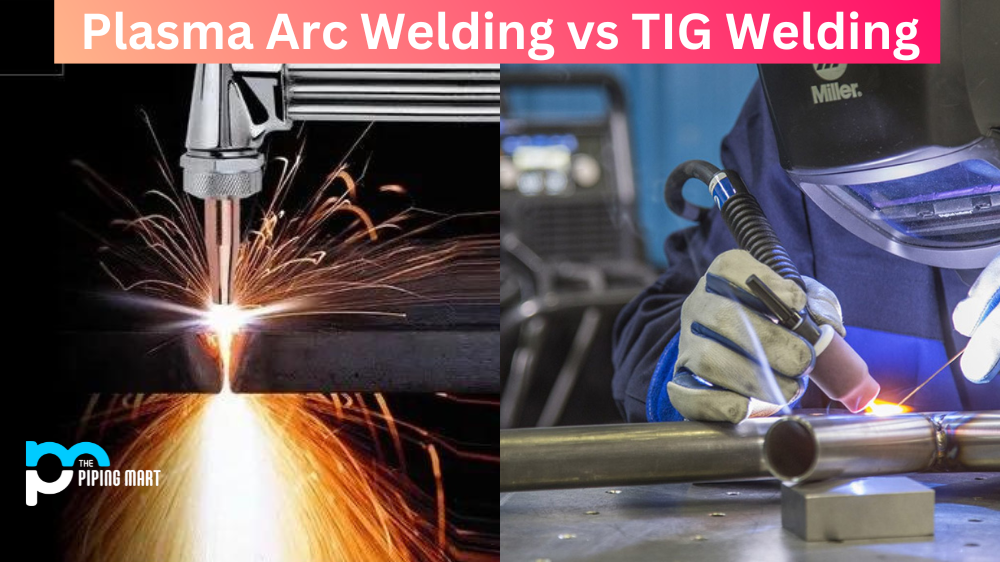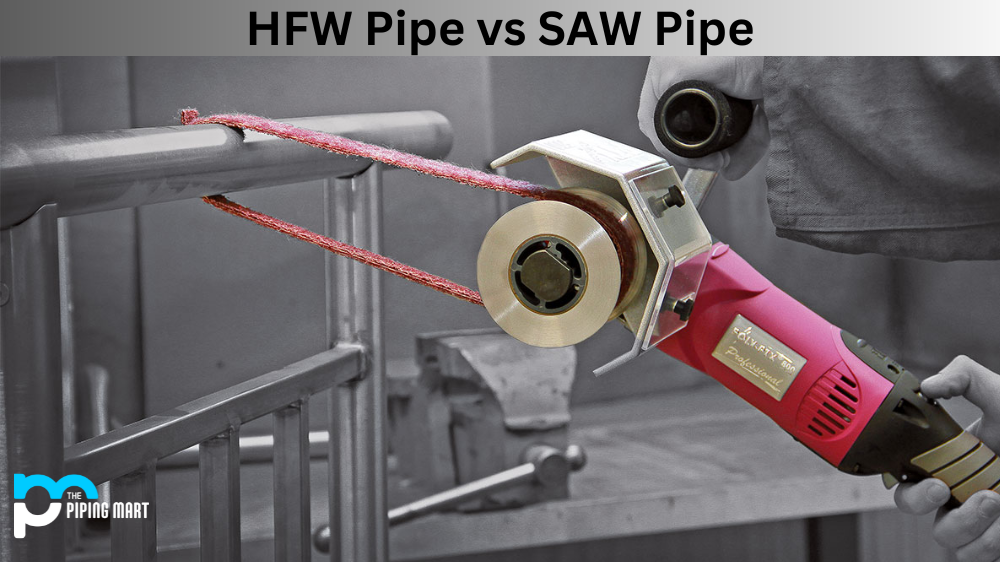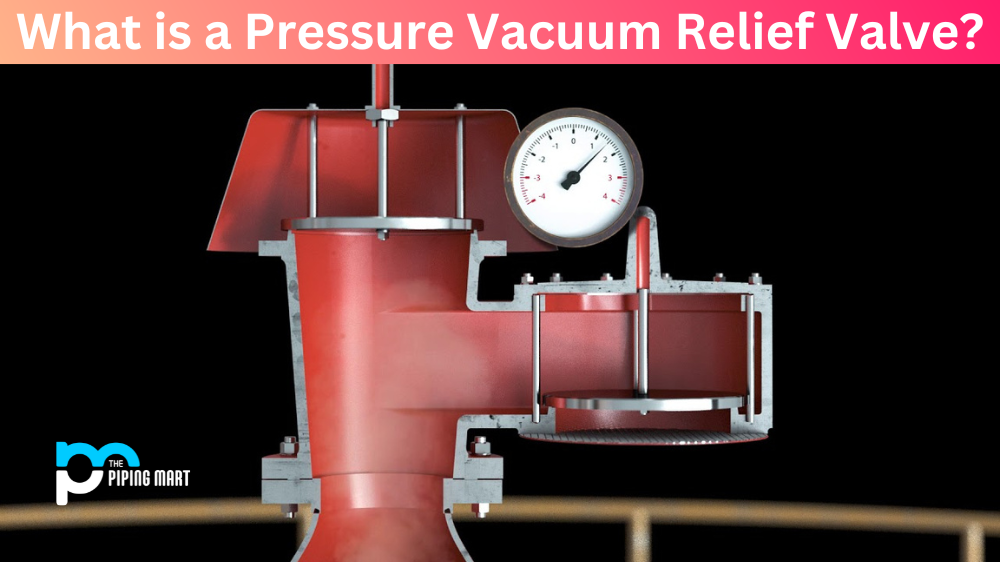Welding is a process that involves joining two pieces of metal together through the use of heat. There are several different welding processes available, such as plasma arc welding and tig welding. Although both types of welding involve using heat to join two pieces of metal together, there are some key differences between them. Let’s take a look at how these two different welding processes stack up against each other.
Plasma Arc Welding (PAW)
Plasma arc welding is an automated form of welding that uses an electric arc to generate heat for melting the metals being joined. The arc is created by passing an electric current between two electrodes in a containment unit. The heat generated by the arc melts the metals, which then fuse together when they cool off. Plasma arc welding requires specialized equipment and is typically used for large-scale construction projects or industrial applications such as shipbuilding or automotive repair.
TIG Welding (Tungsten Inert Gas)
TIG welding uses a non-consumable tungsten electrode to create an electric arc between it and the workpiece being welded. The electrode is shielded from oxidation with an inert gas, usually argon or helium, which also helps to maintain a stable arc length during the welding process. TIG welding is more versatile than plasma arc welding as it can be used on both thin and thick materials in any position without risking warping due to excess heat input. It also offers greater control over the weld than plasma arc welding does, making it ideal for precision applications such as jewelry making or medical device manufacturing where precision is critical.
Difference Between Plasma Arc Welding vs TIG Welding
- Plasma arc welding (PAW) is a type of welding that uses a plasma torch to create an arc between the workpiece and the electrode. The plasma arc is created by passing an electric current through a gas, which ionizes the gas and creates plasma.
- Plasma arc welding is similar to inert tungsten gas (TIG) welding, but there are some key differences. One difference is that in PAW, the plasma arc is used to melt the metal, while in TIG welding, the arc is used to heat the metal. Additionally, PAW can be used to weld metals that are difficult to weld with TIG welding, such as aluminium.
- There are several advantages of plasma arc welding over TIG welding. One advantage is that PAW can be used to weld metals that are difficult to weld with TIG welding. Additionally, PAW can be used to weld thicker materials than TIG welding, and it can also be used to weld at higher speeds.
- There are also some disadvantages of plasma arc welding. One disadvantage is that it can be more difficult to control than TIG welding. Additionally, PAW can produce more fumes and noise than TIG welding, and it requires more power and equipment than TIG welding.
- Overall, plasma arc welding has several advantages over TIG welding, but it also has some disadvantages. It is important to weigh the pros and cons of each type of welding before deciding which one is right for your project.
Conclusion:
When it comes to deciding whether plasma arc or TIG welding would be better suited for your project needs, it really depends on what type of material you’ll be working with and how precise you need your welds to be. Plasma arc welding is great for larger-scale projects where speed and efficiency are important factors, while TIG welders offer superior precision for more intricate projects like jewelry making or medical device manufacturing. Ultimately, it comes down to understanding your goals and selecting the right tool for the job at hand. No matter which type of welder you choose, safety should always come first!

Pipingmart is a B2B portal that specializes in metal, industrial and piping items. Additionally, we share the latest information and information about materials, products and various types of grades to assist businesses that are involved in this business.




